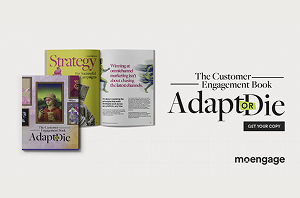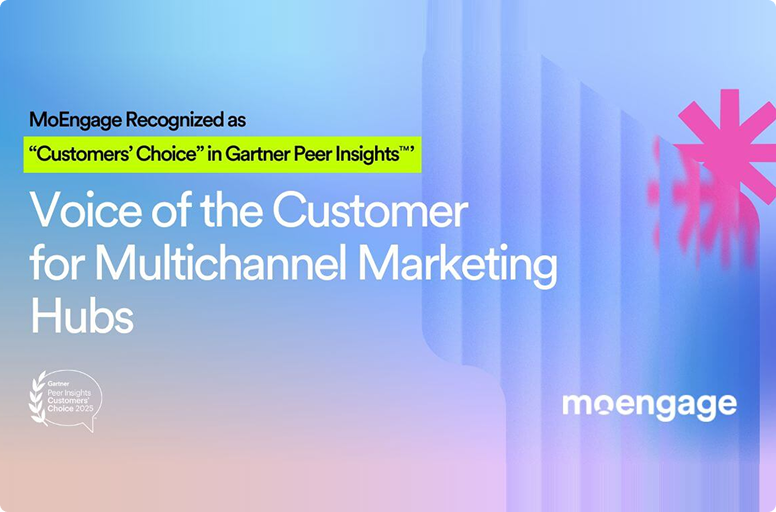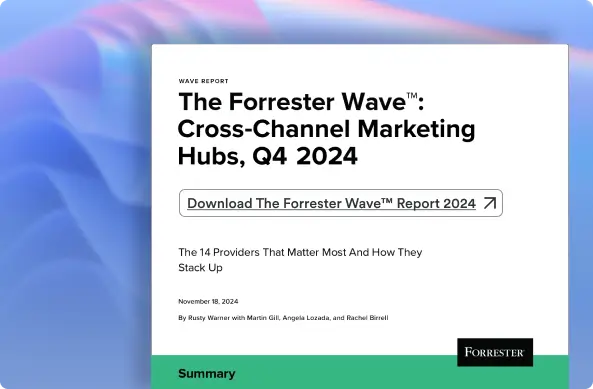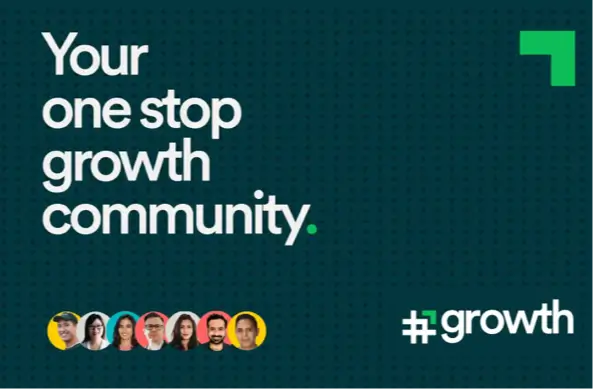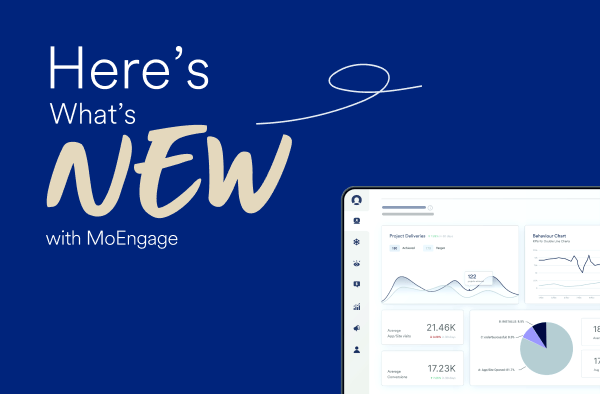Future of the Retail Industry Trend is Omnichannel Retail

Reading Time: 9 minutes
Customers love to shop. From daily necessities to luxury items – online and offline – shopping habits are here to stay, pandemic or not.
So, how does the retail industry manage its sales and offer more meaningful shopping experiences?
Some new retail industry trends are set to change online and offline experiences once and for all!
However, this evolution of the retail industry does come with its fair share of challenges – labor shortage, supply chain disruptions, and of course, the pandemic.
This means that while it is time for brands to reevaluate their customer loyalty programs, it is also time to revisit their marketing and advertising efforts.
The following are some of the major retail industry trends that will shape 2023:
The Future in Retail Trends is in Omnichannel Experiences
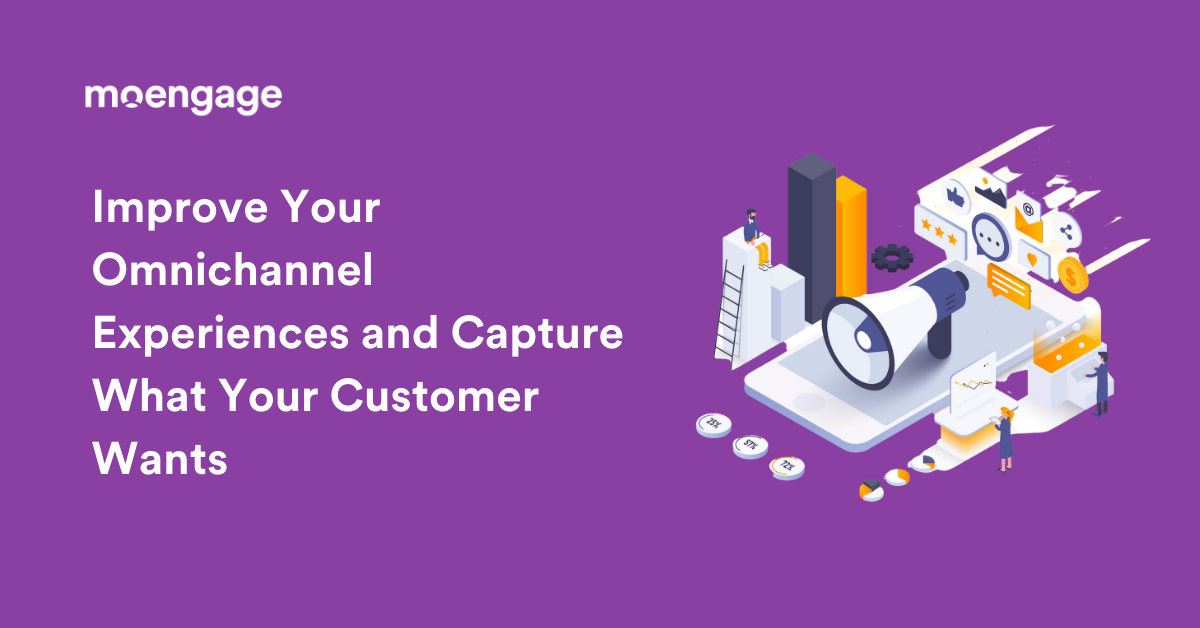
The demand for omnichannel experiences is high and nigh, and the need of the hour is to provide a seamless and connected shopping experience.
The omnichannel retail industry trend demands brands to offer the best of both worlds – physical and digital commerce!
| Discover the upcoming omnichannel retail trends and know why your brand should focus on a connected retail experience |
What is an Omnichannel Experience in the Retail Industry?
Simply put, a robust omnichannel strategy will use insights to seamlessly integrate all online and physical channels to provide a unified experience throughout the entire customer journey.

If you are still wondering about the benefits, let’s look at Decathlon. The brand successfully leveraged this by empowering its customers to be autonomous in their buying experience by eliminating unnecessary interactions. They adopted two strategies:
- Scan and pay shopping experience
- Contactless pickup option or BOPIS
| 🔍 Note: BOPIS or Buy-Online-Pickup-In-Store became famous as one of the retail trends for brick-and-mortar stores, especially during the pandemic. The online retailers improved their overall sales and customer loyalty by offering click, collect, and curbside pickup. |
Mobile Commerce and Social Commerce on the Rise
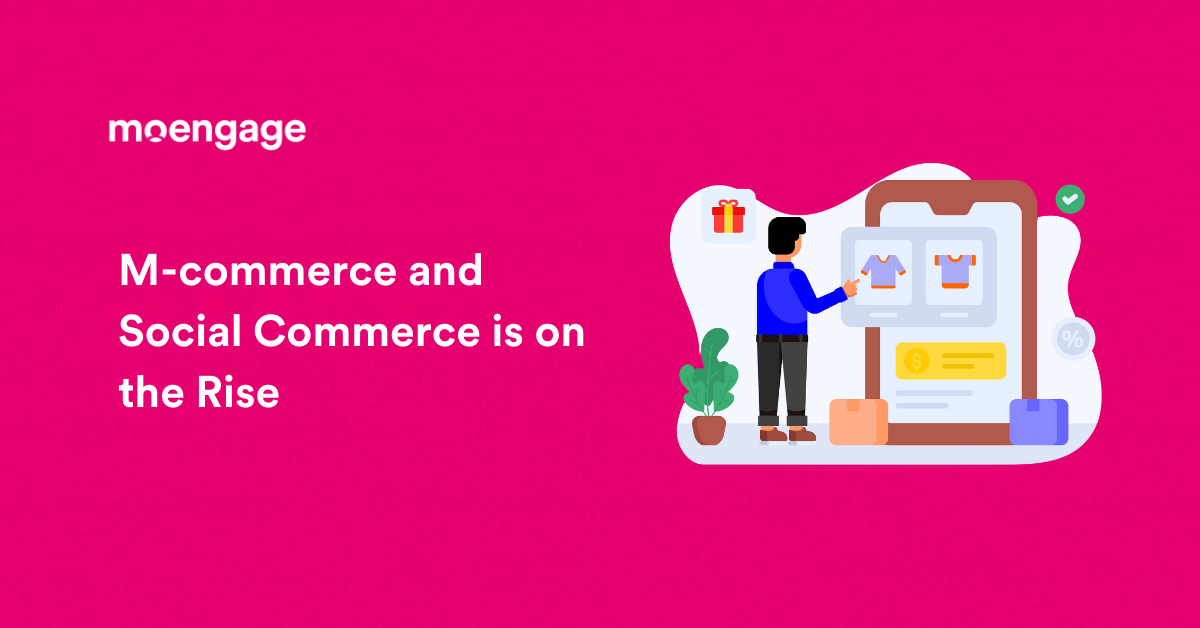
Well, who is not attached to their mobiles 24/7? (besides the occasional Netflix bingeing!)
This incessant scrolling with kick-ass algorithms has given birth to mobile commerce or M-commerce, reshaping online shopping trends. It’s now about ease-of-order, where you open app-click-to-order, and how soon it gets delivered to your preferred location!
With the trend picking up, M-commerce sales are expected to exceed 400 billion US dollars in 2024 🤯
This (bordering on addictive) habit of scrolling through our phones has also seen the birth of social commerce. The algorithms on these social media platforms help tailor ads that expedite social selling.
The latest reports of Finances Online state that businesses that consistently employ social selling strategies and processes are 40% more likely to achieve their revenue goals than those that don’t engage in social selling.
Metaverse and Retail: Nimbly Adapting for Success

In the 1950s, when television became widespread, retail industries had to pivot their marketing strategies toward the new-age customers who were influenced by their favorite shows! There’s similar rising enthusiasm for Metaverse and the retail sector.
Nike and Forever 21 have already forayed into this multi-verse by opening their first virtual storefronts. While this future is still uncertain, we can say that the genie is out of the bottle, and we are yet to see whether this momentum persists or wanes!
Supply Chain Resiliency Gives Added Advantage to Connected Commerce
The world is unpredictable, and so are consumer buying habits! And the current supply chain capabilities – are not enough for inventory management, demand planning, and fulfillment forecasting.
This time, it’s about technology upgrades with agile systems that can handle retail industry trends and new consumer demands.
Besides these issues, streamlining efficiencies by implementing automated technology for tasks like analyzing orders, managing customer loyalty programs, customer service, etc., is one of the few things that will reshape the top retail trends in 2023.
Hyper-personal Experiences by Leveraging Data

Retail and other industries leverage data to personalize and guide their marketing campaigns.
| 🔍 Pro tip from MoE: Brands leading the way in data-driven marketing are six times more likely to win with online shoppers than the competition. |
Retailers have access to an incredible amount of customer data which they can use to influence monthly retail purchases online. Companies leading the way in data-driven marketing are six times more likely than the competition to achieve a competitive advantage in increasing profitability.
By using AI and predictive analytics in retail marketing, brands can personalize online sales campaigns by,
- Using historical data to predict customer demands
- Detecting patterns from retail trend analysis to identify risks and opportunities
- Generating insights, and forecasting trends for retail owners
Personalization plays a huge role in a person’s purchase decision. 78% of consumers will only engage with offers if personalized to their previous engagements with the brand.
A classic example of a brand leveraging data to hyper-personalize its marketing campaigns was Topshop, the clothing retailer, during the London Fashion week in 2015. Digital billboards across the country showcased live content pulled from Twitter data and a curated collection of Topshop products based on what the fashion industry was tweeting about during the event.
Additionally, customers who tweeted Topshop with a specific trending hashtag (like #pleats, #utility, etc.) would receive a curated collection of styles that fit the trend they could purchase immediately.
London Fashion Week 2015 Topshop, Burberry, River Island and UGG embrace digital innovation http://t.co/ApGQ9yibs4 pic.twitter.com/GqFNXdpH7u
— Stackla (@stackla) March 5, 2015
Sustainability – A Necessity

No longer a buzzword, especially for retail sales, customers are demanding brands that implement sustainable retail practices and diversify their offerings to include local sourcing, and introduce subscription and rental models that drive recurring revenues.
These brands are often independent retailers taking more community initiatives and promoting themselves at local events.
Influencing Consumer Loyalty with Promotions

Who doesn’t love a freebie with their favorite top? And retailers are using these lucrative discounts to keep the serotonin rush going! Retailers are working with demand planning and promotions to build brand authenticity and maximize the customer lifetime value.
| 🔖 Bonus Read:
Retail Marketing 101: 3 Winning Tactics to Improve Customer LTV Key Holiday Trends for Retail and E-commerce Industry for Festive Season [Podcast]
|
Some Other Customer Engagement Trends for Retail in 2023 Customers will Engage with Brands They Can Trust
In the past, customers have paid much more attention to how they will ensure their health and safety. And this means that customers will not hesitate to walk away from experiences they don’t deem safe.
Surprisingly, only 13% of consumers trust retailers’ ability to provide helpful guidance through the pandemic. So if you can draft health and safety protocols that closely align with your customer’s requirements and enforce them, this is an area for your retail business to stand out and shine.
Besides physical safety, another colossal talking point this year has been data privacy and security. Customers know possible cybersecurity and privacy risks and are extremely cautious when purchasing. 85% of consumers will not do business with a company if they have concerns about its security practices.
So it’s of utmost importance for your retail business to:
- Have a robust data privacy structure.
- Be transparent about how you’re going to be using customer data.
| Customers will engage with brands that ensure their physical and online safety. You should set policies and systems that align with their requirements, ensure they’re effectively enforced, and communicate them to your audience. |
AI will Continue to be Used to Deliver Hyper-personalized experiences
AI and Chatbots aren’t exactly new. But it’s certainly starting to become commonplace with more and more retailers using it. The market size for chatbots is projected to grow from $2.6 billion in 2019 to $9.4 billion by 2024.
And the reason for this is simple. Chatbots can provide your business with several benefits:
- Being available for your customers around the clock
- Providing quick resolutions to your customers’ simple queries
- Reducing the burden of work on your customer support agents
- Delivering a personalized experience to each of your customers
We also see a massive shift in how chatbots move from simple user-based queries to more advanced predictive analytics-based real-time conversations.
Bonus Material – Take a look at the Pros and Cons of AI Chatbots
A one-size-fits-all approach to customer engagement doesn’t work anymore. 76% of customers expect companies to understand their needs and expectations.
Amazon is one such player that has laid out an excellent blueprint for increasing customer engagement through hyper-personalization. Based on their historical and real-time interactions, shoppers can experience a personalized homepage, product recommendations, and checkout page.
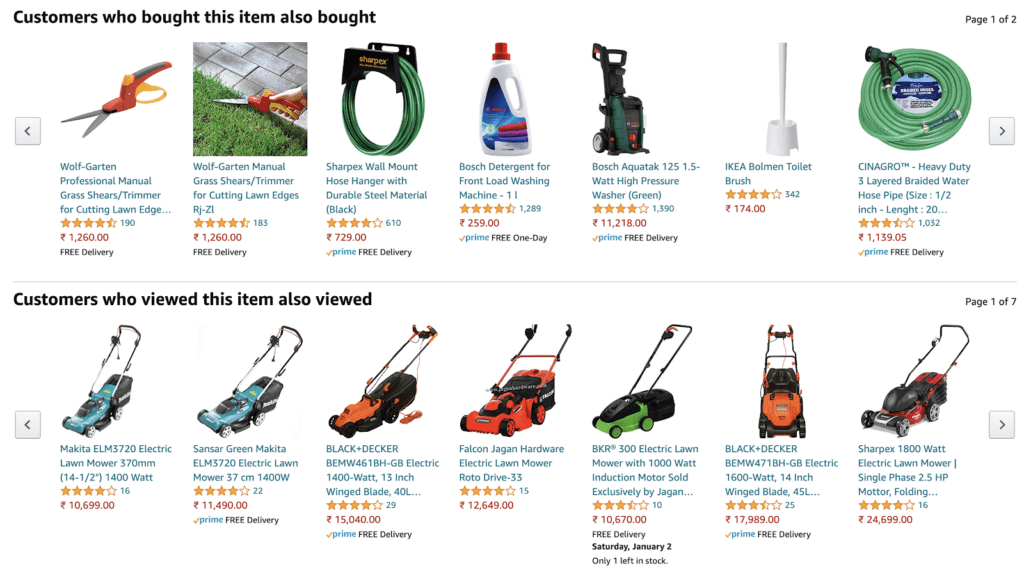
| By 2025, 95% of all customer conversations will be supported by AI. Not only will it be used more widely, but the scope too will expand to deliver shoppers with hyper-personalized experiences at every stage of their journey. |
Augmented Reality will be Used to Deliver Fully Digital Experiences
Augmented reality has provided a pathway for retailers to translate in-store visits into digital experiences. Whether it’s furniture, clothes, or apparel, customers will want to understand, see, and experience your product before purchasing it.
75% of consumers expect retailers to offer an AR experience. And why wouldn’t they when they can enjoy benefits like being able to:
- Browse 3D products from the comfort of their homes
- Virtually try on 3D products.
- Gather product information like reviews, pricing, color options, etc.
- Use Virtual trial and fitting rooms.
So it shouldn’t be surprising that customers using AR are eleven times more likely to purchase.
Additionally, AR provides retailers with the ability to:
- Overcome barriers to location
- Save costs on real estate, infrastructure, and other operational expenses.
- Boost brand recognition and differentiate themselves in the market
When we talk about successfully using AR in retail, the first name that comes into most minds is IKEA. Through their app, IKEA place, customers can view 3-D renderings (and how it looks in their room) from different angles of over 2,000 products before reserving the ones they want.
| Augmented reality allows retailers to convert in-store visits into digital experiences, helping them save costs, expand their market, and boost customer engagement. |
Visual Engagement will be the Norm
Video has been one of the biggest winners and will continue to grow. We’ve seen everything from team meetings, sales calls, and events moving from in-person to video.
Additionally, we see more and more retail businesses make videos central to their marketing strategies. And it’s hard to argue with when 85% of millennials say they’ve purchased after viewing a marketing video.
So we’re increasingly starting to see retailers use a variety of video types to engage customers like:
- Explainer videos
- Product demonstrations and FAQ videos
- Promotional videos
- Customer testimonials videos
- Company culture videos
Retailers are also redefining the online shopping experience, especially D2C brands, with interactive shoppable videos. They empower consumers to purchase a product directly from the content with a few clicks without leaving the video.
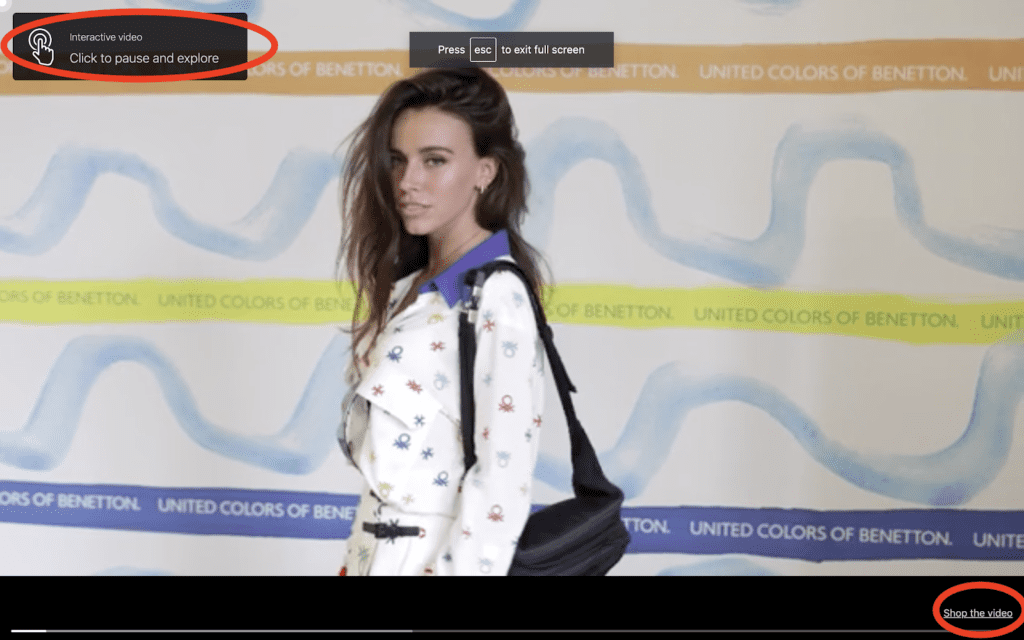
Another critical area where we see visual engagement is customer support. And retailers are doing this by combining video chats and co-browsing, where agents view customers’ screens in real-time and guide them through transactions, processes, forms, and demos.
For example, retailers use co-browsing for E-commerce customer support to help consumers find the products they want and thereby reduce cart abandonment.
| Retailers use video to build trust and engage customers through explainers, product demos, promos, and interactive shoppable videos. You can also use visual engagement tools like co-browsing and video chat to guide customers in real time. |
Brands That Share the Same Values as Their Customers Would be Winners
These days customers pay close attention to what you stand for and how you do things besides selling excellent products.
87% of consumers said they’d purchase a product because a company advocated a purpose or more significant cause. Meanwhile, 75% would refuse to buy a product if they found out a company supported an issue contrary to their beliefs.
Customers are looking to engage with brands that share the same values. And they want to know:
- Are your practices environmentally friendly?
- Where do you stand on social and political issues?
- What do you do to ensure employee safety and welfare?
- What do you do to promote and aid the causes you say you care about?
- If your hiring policies and design practices are inclusive and encourage diversity?
The outdoor clothing brand Patagonia has always been at the forefront of championing environmental and social issues. They’ve long spoken about the environmental threats the world is facing and highlight what they’re doing to combat them through reports, case studies, videos, and social media posts.
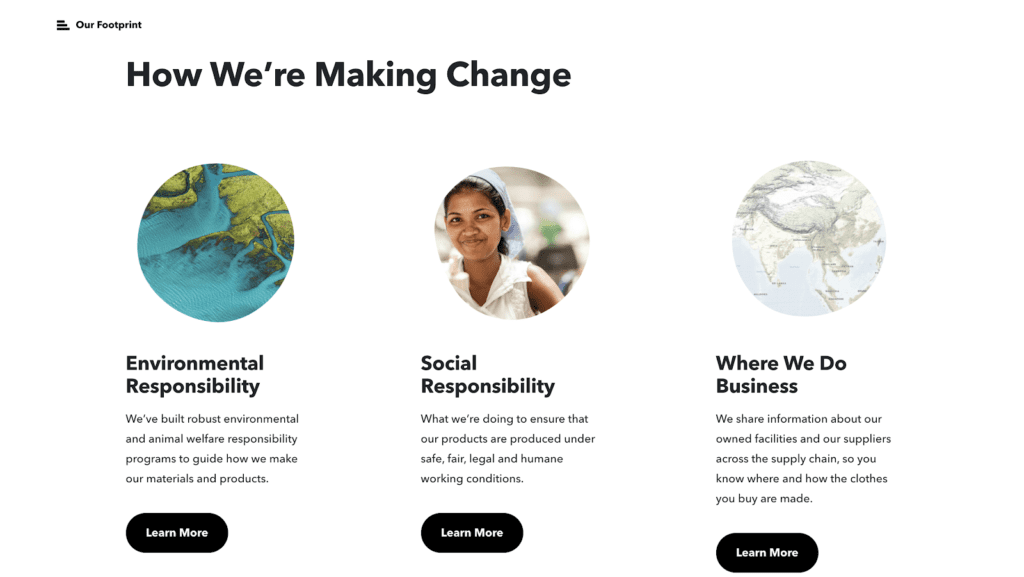
| Customers care about your policies on diversity, sustainability, and social and political issues. You should communicate what you stand for and be transparent about doing things. |
What 2023 Holds for the Retail Industry?
Besides the above retail industry trends that will affect how these brands are selling online or offline, here are a few other factors that will continue to reshape how this industry is:
- The demand for same-day delivery will be at an all-time high, and for all retailers to finally find success – they would have to continue offering this.
- Brick-and-mortar stores will remain, but in-store shopping will now be more about interactive retail experiences than just picking up your favorite book or shirt.
- Retailers selling online will also have to relook at their customers’ return expectations. Though a nightmare, it remains a significant factor when customers shop online.
- One of the most prominent digital trends, the advancements in contactless or digital payment forms (facial id checkouts to single tap payments), will also affect how the industry moves forward.
- And lastly, increased focus on health and well-being in retail will keep reshaping the industry’s growth.

